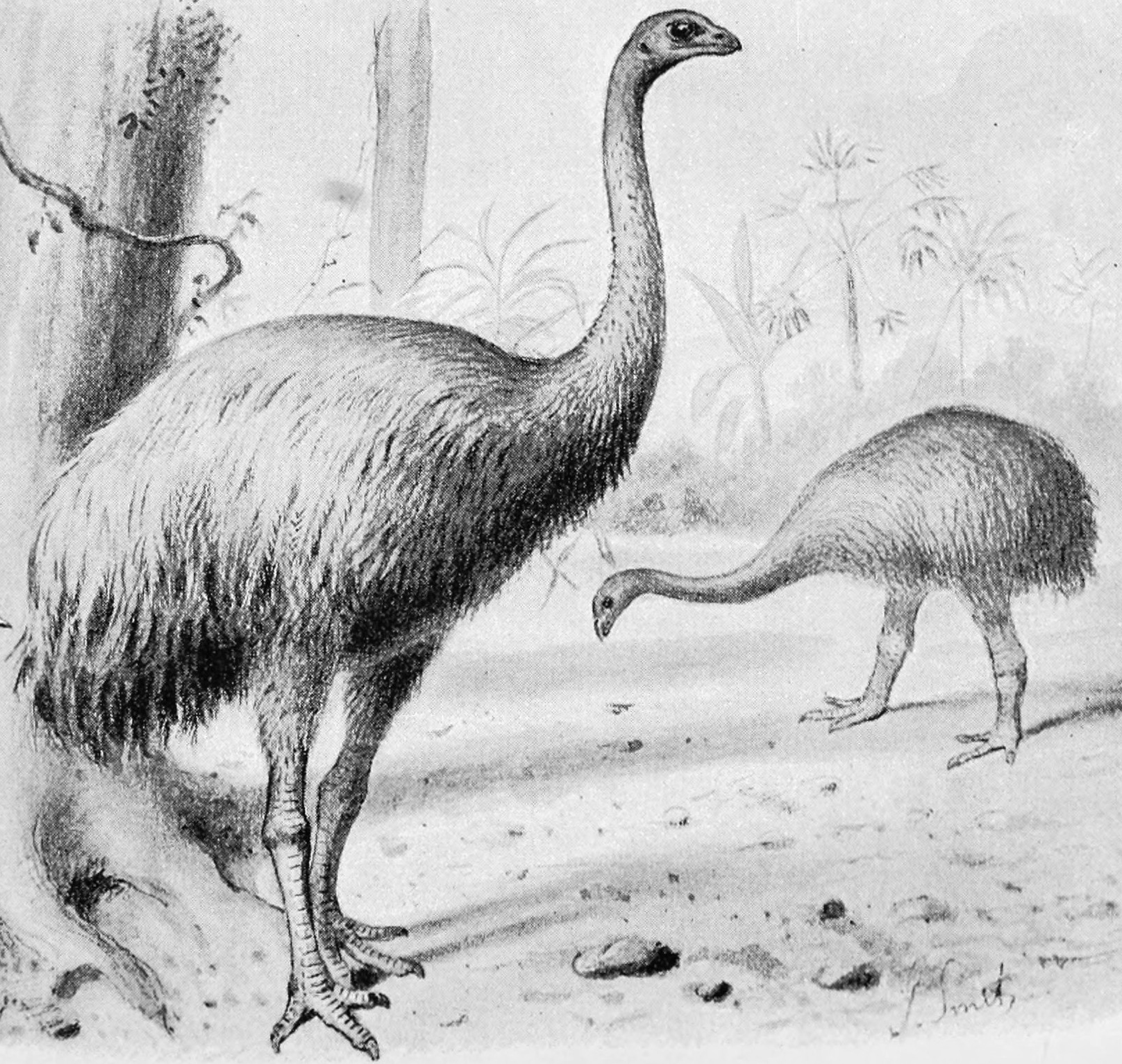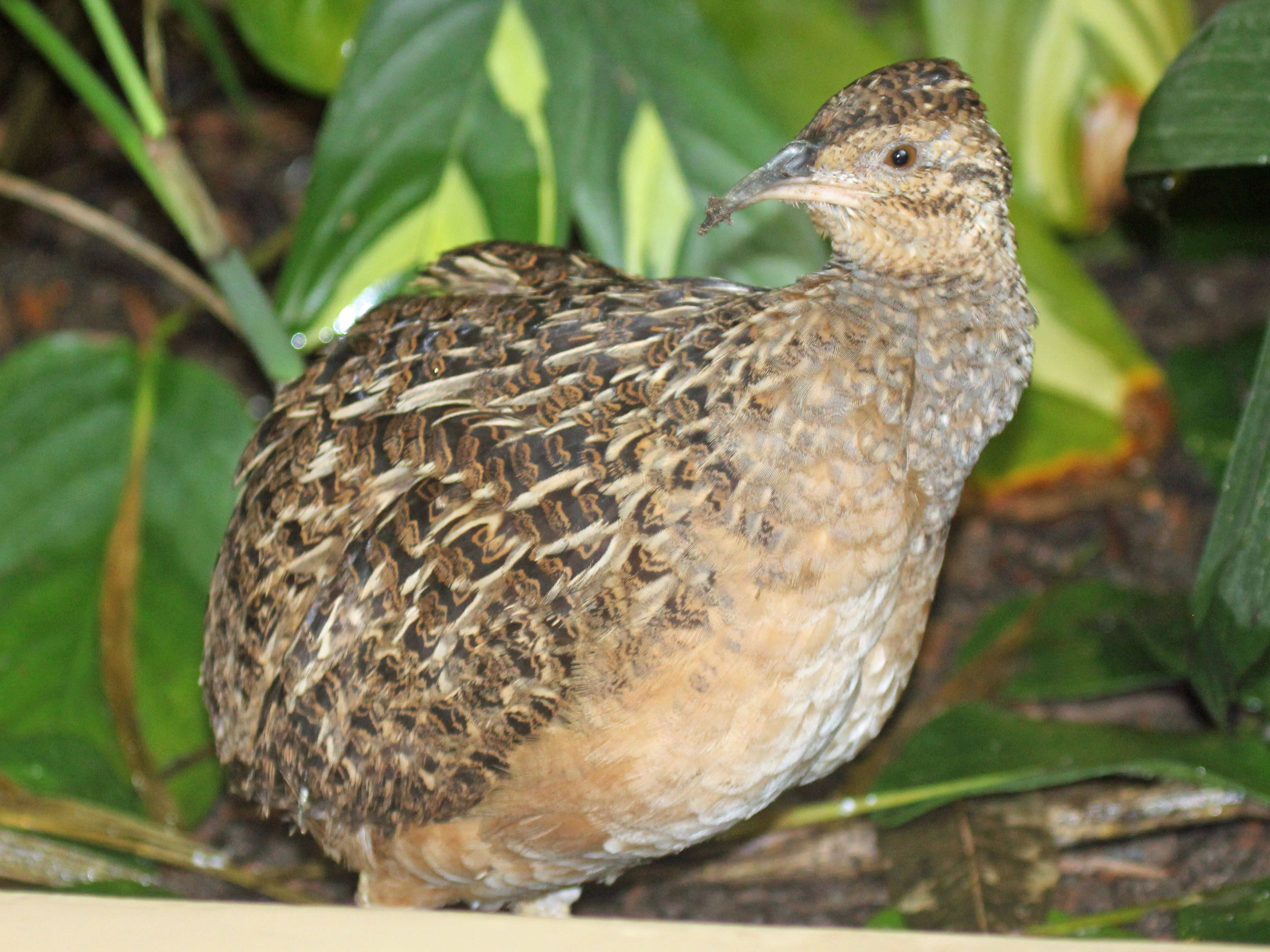|
Nothoprocta
''Nothoprocta'' is a genus of birds belonging to the tinamou family Tinamidae. They inhabit scrubland, grassland and open woodland in western South America, particularly in the Andes. They are poor fliers and spend most of their time on the ground. Their diet includes seeds and insects. They nest on the ground, laying large glossy eggs. The eggs are covered with feathers when a potential predator is nearby. They are medium-sized tinamous, long. They have strong legs and fairly long, downcurved bills. The plumage is mostly grey-brown with intricate black, white and buff markings. The birds have loud, whistling calls. Species list There are at least six species in the genus. A seventh species, Kalinowski's tinamou, ''Nothoprocta kalinowskii'', is sometimes recognized but is more likely to be a junior synonym of ''Nothoprocta ornata branickii'', a subspecies of the ornate tinamou. The SACC voted to demote the Kalinowski's Tinamou, on 14 Feb 2007. * ''Nothoprocta taczanowskii ... [...More Info...] [...Related Items...] OR: [Wikipedia] [Google] [Baidu] |
Tinamou
Tinamous () are members of the order Tinamiformes (), and family Tinamidae (), divided into two distinct subfamily, subfamilies, containing 46 species found in Mexico, Central America, and South America. The word "tinamou" comes from the Carib language, Galibi term for these birds, ''tinamu''. Tinamous are the only living group of Palaeognathae, palaeognaths able to fly, and were traditionally regarded as the sister group of the flightless ratites, but recent work places them well within the ratite radiation as most closely related to the extinct moa of New Zealand, implying flightlessness emerged among ratites multiple times. Tinamous first appear in the fossil record in the Miocene epoch. They are generally sedentary, ground-dwelling and, though not flightless, when possible avoid flight in favour of hiding or running away from danger. They are found in a variety of habitats, ranging from semi-arid climate, semi-arid alpine climate, alpine grasslands to tropical rainforests. The ... [...More Info...] [...Related Items...] OR: [Wikipedia] [Google] [Baidu] |
Kalinowski's Tinamou
The ornate tinamou (''Nothoprocta ornata'') is a type of tinamou commonly found in the high altitude grassland and dry shrubland in subtropical and tropical regions of west central South America.Clements, J. (2007) Etymology ''Nothoprocta'' comes from two Greek words, ''nothos'' meaning spurious or counterfeit and ''prōktos'' meaning hindpart or tail. Experts are unsure, however, they believe that this refers to the hidden tail of this Genus behind body feathers. Taxonomy All tinamou are from the family Tinamidae, and in the larger scheme are also ratites. Unlike other ratites, tinamous can fly, although in general, they are not strong fliers. All ratites evolved from prehistoric flying birds, and tinamous are the closest living relative of these birds.Davies, S. J. J. F. (2003) Kalinowski's tinamou ''Nothoprocta kalinowskii'' was considered a separate species but further research has deemed it a junior synonym of ''Nothoprocta ornata branickii'', and the SACC voted to do jus ... [...More Info...] [...Related Items...] OR: [Wikipedia] [Google] [Baidu] |
Brushland Tinamou
The brushland tinamou (''Nothoprocta cinerascens'') is a type of tinamou commonly found in high-altitude dry shrubland in subtropical and tropical regions of southern South America.Clements, J. (2007) Etymology ''Crypturellus'' is formed from three Latin or Greek words: ''kruptos'' meaning covered or hidden, ''oura'' meaning tail, and ''ellus'' meaning diminutive. Therefore, ''Crypturellus'' means small hidden tail. Taxonomy All tinamou are from the family Tinamidae, and in the larger scheme are also ratites. Unlike other ratites, tinamous can fly, although in general, they are not strong fliers. All ratites evolved from prehistoric flying birds, and tinamous are the closest living relative of these birds.Davies, S. J. J. F. (2003) Hermann Burmeister first identified the brushland tinamou from a specimen from Tucumán Province, Argentina, in 1860. A phylogenetic study published in 2022 found that the brushland tinamou was more closely related to species placed in the genus ''Rh ... [...More Info...] [...Related Items...] OR: [Wikipedia] [Google] [Baidu] |
Taczanowski's Tinamou
Taczanowski's tinamou (''Nothoprocta taczanowskii'') is a type of ground bird found in the eastern Andes in Peru in the Junín, Cuzco, Apurímac, Ayacucho, and Puno Regions.Clements, J. (2007) Taxonomy This is a monotypic species. All Tinamou are from the family Tinamidae, and in the larger scheme are also ratites. Unlike other ratites, tinamous can fly, although in general, they are not strong fliers. All ratites evolved from prehistoric flying birds, and tinamous are the closest living relative of these birds.Davies, S. J. J. F. (2003) Etymology ''Nothoprocta'' comes from two Greek words, ''nothos'' meaning spurious or counterfeit and ''prōktos'' meaning hindpart or tail. Experts are unsure, however, they believe that this refers to the hidden tail of this Genus behind body feathers. Also, taczanowskii is the Latin form of Władysław Taczanowski's name, used to commemorate him.Gotch, A. F. (1995) Description Taczanowski's tinamou is a dark, and finely-marked tinamou. Its ... [...More Info...] [...Related Items...] OR: [Wikipedia] [Google] [Baidu] |
Andean Tinamou
The Andean tinamou (''Nothoprocta pentlandii'') is a tinamou, found commonly in high-altitude shrubland, in the Andes of South America.Clements, J. (2007) Taxonomy All tinamou are from the family Tinamidae, and in the larger scheme are also ratites. Unlike other ratites, tinamous can fly, although in general, they are not strong fliers. All ratites evolved from prehistoric flying birds, and tinamous are the closest living relative of these birds.Davies, S. J. J. F. (2003) ''pentlandii'' is the Latin form of Pentland which commemorates the Irish Traveller Joseph Barclay Pentland. Subspecies The Andean Tinamou has seven subspecies as follows: * ''N. p. pentlandii'', the nominate race, occurs in the Andes of western Bolivia, northwestern Argentina, and extreme northern Chile. * ''N. p. ambigua'' occurs in the Andes of southern Ecuador and northwestern Peru. * ''N. p. oustaleti'' occurs on the west slope of the Andes in central and southern Peru. * ''N. p. niethammeri'' occurs in coa ... [...More Info...] [...Related Items...] OR: [Wikipedia] [Google] [Baidu] |


